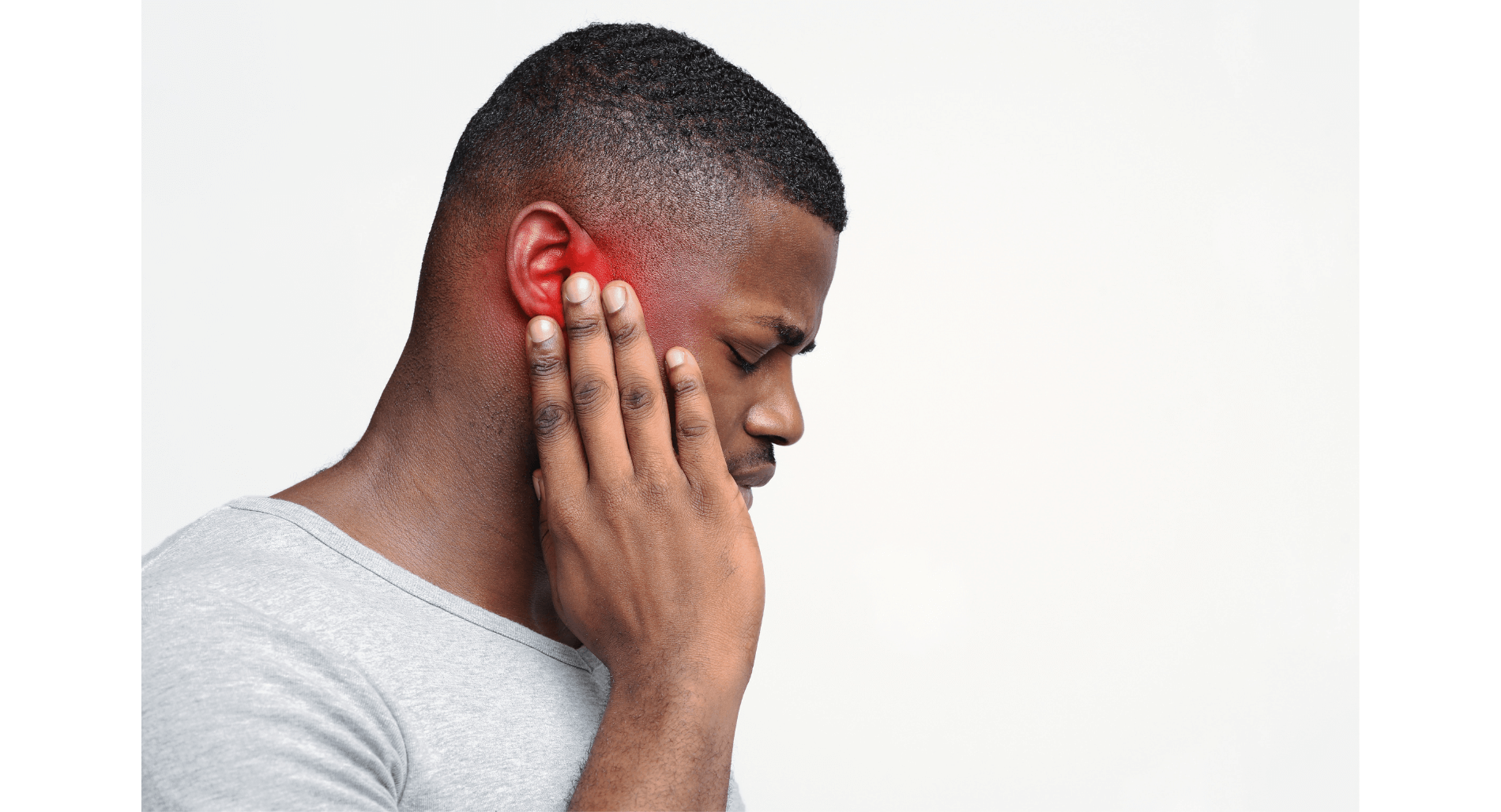
Ear infections can be uncomfortable, especially as the winter months roll in, and can affect people of all ages. As we step into the new year, understanding the signs of an ear infection is pivotal for protecting hearing health.
While some ear infections may resolve on their own, others require prompt attention to prevent complications. Let’s take a closer look at some common signs of an ear infection and when it’s time to seek help.
Ear Pain and Discomfort
One of the first signs of an ear infection is often persistent ear pain. This discomfort may vary in intensity, from a dull ache to sharp, stabbing pain. It is particularly noticeable when lying down or chewing, as the pressure in the ear canal changes.
In children, ear pain may show up as irritability or fussiness, as they often struggle to explain what they feel. Recognizing this discomfort early can help prevent the infection from worsening.
Difficulty Hearing Sounds Clearly
An ear infection can make hearing muffled or unclear. Fluid buildup in the middle ear often causes sounds to seem distant or less sharp than usual. This reduction in sound clarity is temporary but can interfere with daily activities like listening to conversations, watching TV, or using the phone. Scheduling a hearing test can determine if the ear infection is affecting hearing and if further treatment is necessary.
Drainage from the Ear
A common sign of a more serious ear infection is fluid or pus draining from the ear. This may be yellow, clear, or even slightly bloody. The drainage indicates that the eardrum might have ruptured due to pressure caused by the infection. While ear drainage can bring some relief from pain, it’s a sign that professional attention is needed to ensure the infection doesn’t spread or cause lasting damage.
Pressure or Fullness in the Ear
Ear infections often create a feeling of pressure or fullness in the ear, as if something is blocking it. This sensation is due to fluid trapped in the middle ear, leading to discomfort and a feeling of imbalance. Over time, this pressure can intensify, especially when lying down or during sudden changes in altitude, like flying or driving through mountains.
Fever and General Fatigue
For many, an ear infection comes with symptoms like fever and fatigue. The body works hard to fight off the infection, and as a result, a slight to moderate fever may develop. Fatigue often follows, leaving a person feeling sluggish or worn out. In children, fever is more common and can reach higher temperatures. Taking these symptoms seriously is important, especially when paired with other ear infection signs.
When to See a Hearing Health Professional
Though mild ear infections can clear up without intervention, some signs indicate the need for a visit to a hearing health professional. If ear pain persists for more than two days, or if there is hearing loss, drainage, or a high fever, it’s important to consult a hearing health professional. A hearing test can help evaluate the impact of the infection on hearing. If left untreated, recurring infections or more severe cases can lead to complications like permanent hearing loss, which can affect overall well-being.
Understanding the signs of an ear infection allows for quicker recognition and action. As we enter the New Year, staying on top of ear health through regular checkups and promptly addressing infections is key to maintaining a high quality of life. While some ear infections will clear on their own, knowing when to seek help can make all the difference in preventing long-term damage.

Virtual Support Groups for People with Hearing Loss
Matthew Favinger, M.S., F-AAA

Understanding the Anatomy of the Ear
Matthew Favinger, M.S., F-AAA

